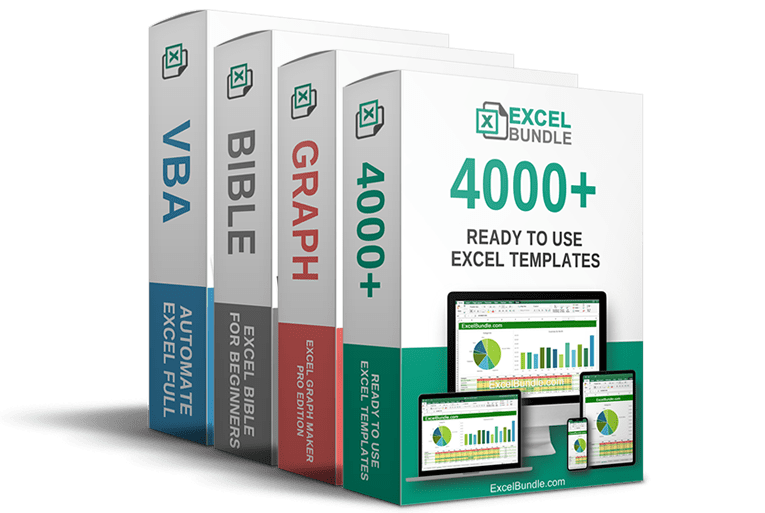50% OFF – Offer valid only today: , ,

Welcome to another informative how-to tutorial from ExcelBundle! This article will unveil a handy Excel functionality: dealing with errors in your worksheet formulas. We'll dive into Excel’s error-handling functions and learn how to whisper sweet nothings to your misbehaving formulas and make them ignore error values.
Firstly, why do you want to ignore errors in Excel? Well, the truth is, formulas can become really complex, and not just for advanced users. Even beginner elements like dividers becoming zero or references getting naughty can lead to errors. These errors aren't just eyesores; they can disrupt the results of your other formulas which may depend on the cells with errors. Hence, knowing how to make formulas ignore errors can be a lifesaver!
To accomplish this task, we have some helpful Excel functions at our disposal: IFERROR and ISERROR.
IFERROR is a simple and efficient function. It checks for an error in your formula and gives an alternative result if it finds one. Here's how to use it:
1. Assume you have a formula in cell A1 that sometimes gives you an error.
2. Instead of just the formula, you should enter: =IFERROR(YourFormula, ValueIfError).
3. Replace YourFormula with your original formula and ValueIfError with the result you want if an error occurs (e.g., 0 or "").
4. So if your original formula in A1 is =B1/C1, and you want it to return 0 in case of an error, you write =IFERROR(B1/C1, 0).
ISERROR is a bit more manual but gives you more control. It only checks if there’s an error, and you combine it with an IF function to define what happens when an error is present. The procedure is:
1. Again, let’s presume you have a formula in A1 throwing an error occasionally.
2. The new formula input would be =IF(ISERROR(YourFormula), ValueIfError, YourFormula).
3. Replace accordingly to get, for example, =IF(ISERROR(B1/C1), 0, B1/C1).
If you are working on huge data sets, pre-cleaning your data can significantly reduce the chance of errors. Ensure none of your dividers are zero, and all references are correct before applying functions. Remember, though, as a rule of thumb, you should always back your original data before making significant changes.
Here at ExcelBundle we also offer ready-made templates that handle most of these for you and help you save time and increase your productivity!
Note that IFERROR and ISERROR will help you handle known errors like #DIV/0!, #REF!, #NAME?, and similar. If you’re facing a logical error in your formula, you might need to debug your formula further.
Delving into Excel's error handling realm can seem daunting, but armed with functions like IFERROR and ISERROR, you'll be able to make your formulas ignore those pesky errors with ease. Remember to be patient and consistent in learning. With every tutorial, you are stepping up your Excel game, and we at ExcelBundle are always here to light your path to Excel mastery!
Excel is without a doubt one of the best tools on the market for working with analytical, graphical, numerical, and mathematical data. However, using it isn’t always easy—especially if you don’t have much experience and need to create reports and spreadsheets from scratch.
That’s exactly why we’ve put together this incredible, all-in-one package of ready-to-use, fully editable Excel spreadsheet templates. With it, you’ll always have a reliable starting point for your projects.
You’ll get over 4,000 ready-made and fully editable Excel templates covering a wide range of topics and industries—so you’ll always have the exact template you need, ready to use whenever you need it.






*Offer valid for a limited time.
You might have missed this opportunity!

